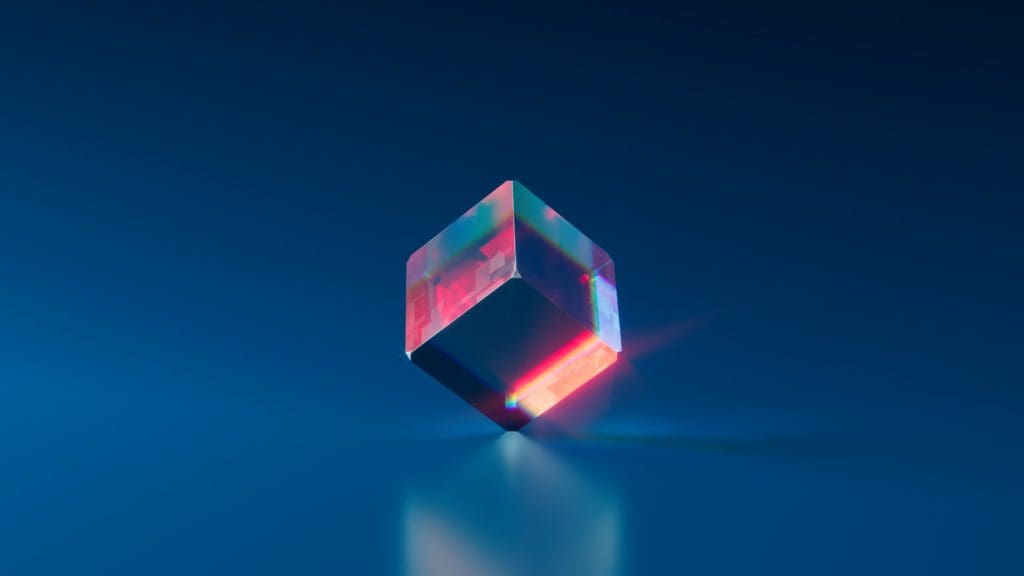NFTs, or non-fungible tokens, are digital assets that are not divisible and have fixed amounts. They’re seen as taking the art world by storm as an alternative for physical art pieces.
NFT art has recently exploded in popularity. CoinDesk is reporting that hundreds of NFT-based games and collectibles are currently being developed. If you need to keep up with this space, it’s time to start. Creating a reliable digital art marketplace in crypto can take time and effort. That is, unless you build off an established protocol, like Enjin Coin. It provides the infrastructure for game developers to integrate NFTs into their games, with their unique attributes, like size, color, and description – all on one blockchain-based platform that can be accessed by anyone worldwide.
If you’re interested in NFT art, you can invest in it in various ways. One of the best ways is to be early and discover projects before they’re released to the public. This will help you get early access to rare works. Additionally, early NFT minting will allow you to enjoy access to special collections, which are only available in limited quantities.
In this post, we’ll discuss some of the opportunities within this space that you need to consider for the future.
1. Collectible Artwork
Collectible artwork is an item you can buy and sell over time while watching its value increase. It is a great option to consider if you’re looking to profit from your artwork. However, remember that there are uncertainties in the art industry, so don’t enter this space blindly.
2. Exchanging Art with Friends
You can also use cryptocurrencies like CryptoPunks or EtherBunny as a fun way to engage in trades and exchanges with friends, investors, other artists, etc. It is an excellent way to introduce your friends and family to NFT art without getting them too involved initially.
3. Fine Art
While this is still an emerging space, collectible NFTs can be purchased by collectors and investors, which is artists’ primary income source. However, this is a challenging way to make money and requires a lot of patience.
4. Redeeming Tokens
The most significant way to use cryptocurrencies with art is to redeem them and use them as capital to purchase another piece of NFT artwork that you like.
5. Purchasing Tokens
Most art industry experts believe that young and emerging artists will be the ones to benefit the most from this industry. So with more people trading in cryptocurrencies, it only makes sense that they’ll start to purchase NFT artwork and use tokens related to their works.
6. Paying Artists with Artwork
It is a relatively new concept, but if you’re looking for an opportunity with NFTs, this may be one of your best chances. Using NFTs for this purpose can ensure a wider audience for your art.
7. Investing in Artists
If you’re considering investing in artists, it’s better to look for emerging artists instead of established ones since the risk of their art depreciating is higher. You can also use NFTs to trade in fine art if you are interested in getting into this space.
8. Collecting Art to Support the Artists
While this is more of a humanitarian approach, it’s also an opportunity for NFT art enthusiasts. For example, you can use cryptocurrencies to collect NFT artwork you like and donate the funds to artists you don’t support directly.
9. Investing in the Art Industry
Suppose you’re keen on investing in the art industry. In that case, this is an excellent opportunity since there are still people who need to become more familiar with cryptocurrencies, the metaverse, NFTs, and the digital world altogether. However, as mentioned above, traditional art investors may succeed better than crypto investors.
Bottom Line
NFTs, or non-fungible tokens, are digital assets with unique attributes. They’re seen as taking the art world by storm as an alternative for physical art pieces.
When you buy an NFT, you buy a creator’s work. In other words, the artist is paying you a royalty for the work you bought. This means that you are not only getting the piece of artwork but also its history. The underlying asset will remain on the blockchain for as long as you own the token. Every NFT has its own metadata describing its contents and history of transactions. Each NFT is linked to an Ethereum address. You can own the token for life, but the creator will be paid royalties from any resale.

